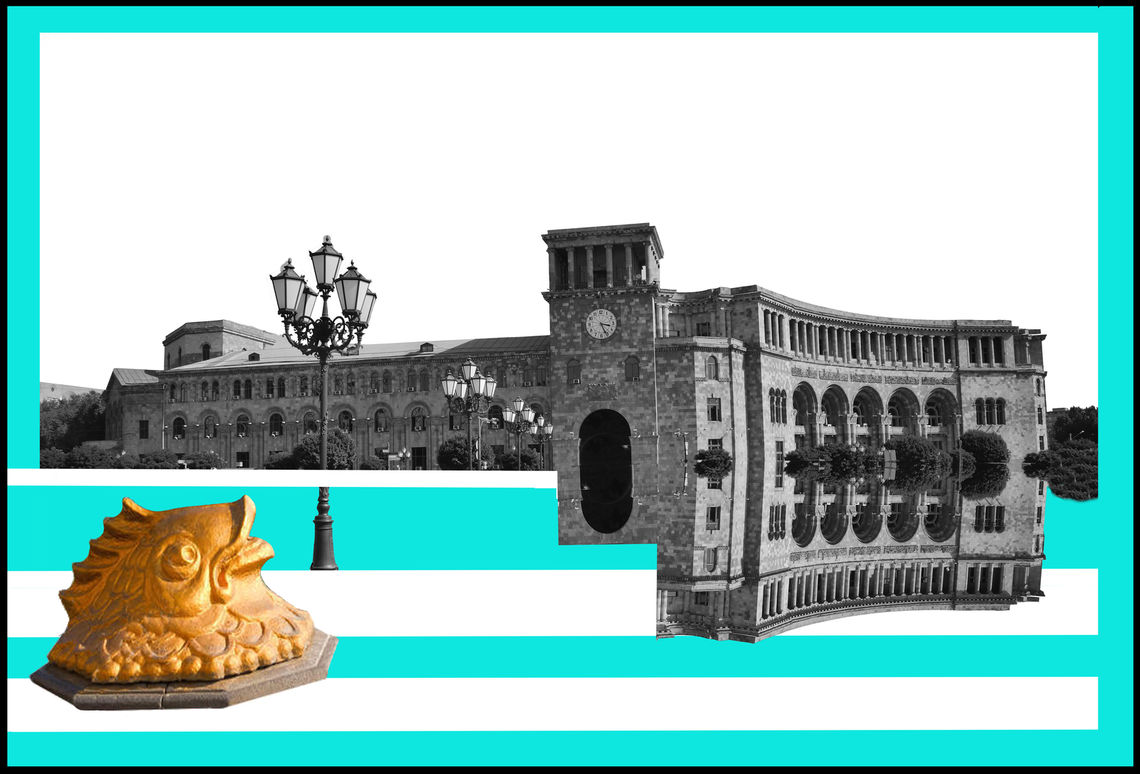
Many Armenians are equally disappointed with the government and the opposition, as well as with the legal means of political struggle, that is people no longer believe that government can be changed through elections.
So, even though Sargsyan’s chess game so far seems to be progressing without major hurdles, the question of what will happen to Armenia’s political system in April 2018 remains open.

Armenia’s Eurasian Allies: A Model for Emulation?
A situation in which an outgoing president may not be willing to relinquish power is somewhat unusual for Armenia. Armenia’s first president, Levon Ter-Petrosyan left office in 1998, in the middle of his second presidential term. As for Robert Kocharyan, by the time his term in office was coming to an end, there was plenty of speculation on whether he was planning to retain a role in the government afterward. These speculations were fueled by Kocharyan’s own words, when he announced he was not planning to become “Armenia’s youngest pensioner.” At the time, some observers expected that Kocharyan and Sargsyan, prime minister at the time, would swap positions, however when Sargsyan assumed the position of the president, Kocharyan was left with no formal role, and his informal influence on Armenia’s political elite steadily declined throughout Sargsyan’s presidency. Thus, in spite of Kocharyan’s desire to maintain influence after leaving the presidential post, no institutional changes that would allow him to maintain power were made. In this sense the constitutional reform, undertaken precisely at the time when Sargsyan’s final presidential term is nearing its end, was something unprecedented for Armenia.
However, while new for Armenia, it reflected a fairly common practice among post-Soviet countries. Thus, when it comes to Armenia’s EAEU (Eurasian Economic Union) and CSTO (Collective Security Treaty Organization) allies, most of them have a long history of altering the constitution in order to prolong the incumbent leader’s power. In fact, in all these countries, with the exception of Kyrgyzstan, the power of the incumbent has been prolonged in one way or another. Among his EAEU and CSTO colleagues, Sargsyan is the shortest serving leader, second only to Kyrgyzstan’s president Almazbek Atambayev, who became president in 2011 and whose term will be over this December (he is not running for a second term, since only one presidential term is allowed by the constitution).
Kazakhstan’s Nursultan Nazarbayev holds the record among post-Soviet leaders: he has ruled his country since independence in 1991, and if we count the last Soviet years, even earlier that that, since he became Kazakhstan’s Communist boss in 1989. Belarus’ Lukashenko and Tajikistan’s Emomali Rahmon have both been in power since 1994. Vladimir Putin has ruled Russia since 2000, including the years 2008-2012, when he was the prime minister, but was widely considered more influential than the actual president Dmitry Medvedev. Among other CIS countries, there are quite illustrative examples, like Turkmenistan and Uzbekistan, where presidents Saparmurat Niyazov and Islam Karimov, both former Communist bosses, ruled from the late Soviet period until their deaths (1990-2006 in the case of Niyazov, 1989-2016 in the case of Karimov).
Finally, there is the example of Azerbaijan, where Heydar Aliyev managed not only to rule the country for life, but also transfer power to his son, an achievement still unmatched among post-Soviet rulers. In most of these cases, the constitution has been changed several times, while the ruler has stayed the same. So, while prolonging the incumbent’s power, using constitutional changes may raise some eyebrows among Armenia’s Western partners, it looks like a perfectly acceptable practice against the background of post-Soviet politics.


